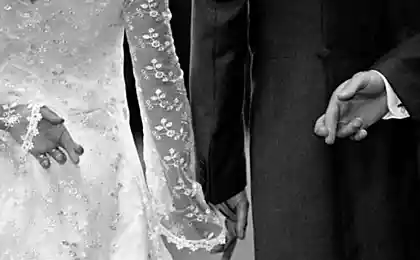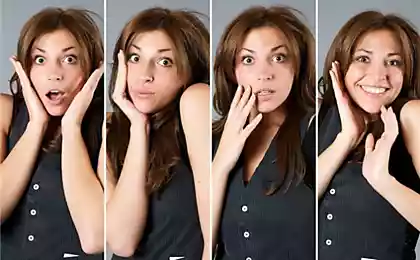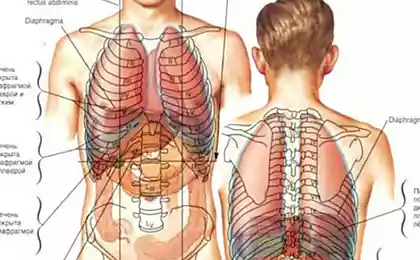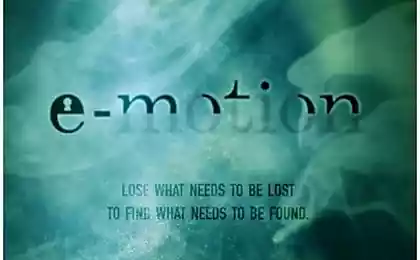697
Become a Dr. Lightman: how to detect lies
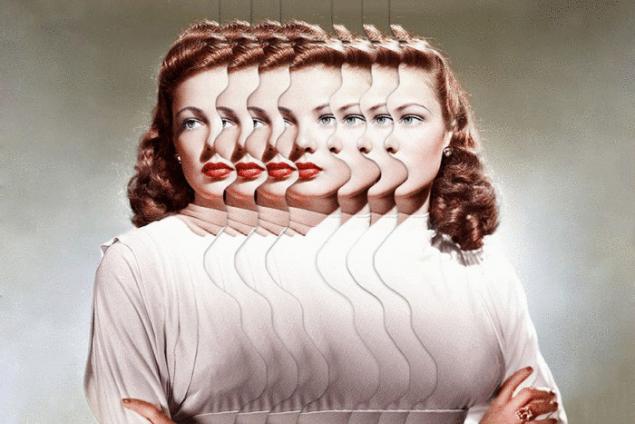
© Matthieu Bourel
"Lie to me" is one of the few series, which are based on confirmed scientific hypothesis. The prototype of its main character, Dr. cal Lightman, has become the largest specialist in the psychology of emotions Paul Ekman. He found that, in terms of facial expressions people from every culture Express the same feelings, and opened micromotion — short episodes of facial activity that indicate emotions — even in cases when a person tries to hide them.
For a long time, science paid no heed to the facial expressions. For the first time she took up Charles Darwin, among others of his works published in 1872 book "the expression of the emotions in man and animals". The scientist said that facial expressions are universal, not only for our species but for animals such as dogs, people grin when angry. While Darwin argued that our gestures, unlike facial expressions, can be called conventional, and I was sure that they depend on what culture the person belongs.
Almost a century the work of Darwin was practically forgotten. If she remembered in scientific circles, only in order to challenge. Only in the 30-ies of XX century turned to her French neuroanatomy Duchenne de Boulogne, who tried to refute the theory of a Nazi scientist, who claimed that "representatives of the inferior races" can be found in the gestures.
In the 60 years of the hypothesis, voiced in "the expression of the emotions in man and animals" and repeatedly referred to at de Boulogne, popularized by American psychologist Paul Ekman. He conducted a series of studies to test this theory and found that Charles Darwin was right: in different cultures the gestures really are different, but the facial expressions are not. Opponents Ekman argued that the reason Hollywood and television, which broadcasts averaged image of facial expressions, is largely accepted as the standard in different countries. To challenge this assumption in 1967 and 1968, the researchers examined the facial expressions of the representatives of one of the tribes in Papua New Guinea. These people never firmly in contact neither with the Western nor Eastern culture and were at the stage of development similar to stone age. Ekman found that in this case, the basic emotions were expressed in the same ways that all over the world. "The system of coding facial movements" (FACS) is a method of classification of facial expressions of the person that originally developed by Paul Ekman and Wallace Frisina in 1978 and is based on the selection of photos with the relevant emotions were universal. This kind of musical notation for the face and today to determine what facial movements is something emotional expression.
From surprise to contempt: the seven universal emotions
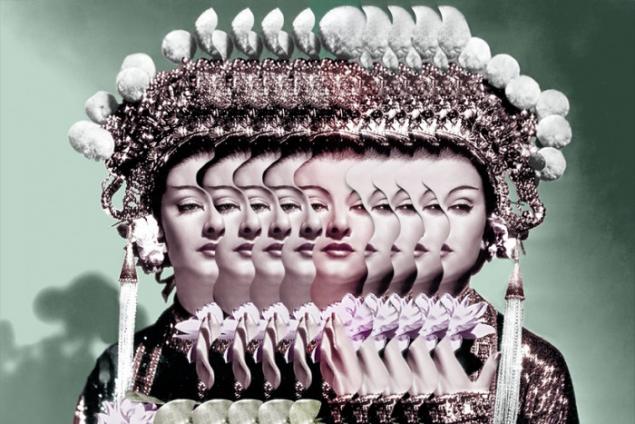
There are only seven emotions that have universal expressions:
— surprise
— fear,
— disgusted,
— anger,
— joy,
— sadness,
— contempt.
All encoded in FACS and EmFACS (updated and expanded version of the system), so every emotion you can find and to determine the characteristic signs, assessing its intensity and the degree of mixing with the other senses. For this there are the basic codes (e.g. code 12: "Boosters of the area of the lip", big zygomatic muscle), codes for head movements, the codes of eye movements, the codes of visibility (e.g. when no visible eyebrows, you need to put code 70) and codes of General conduct, which allow you to lock in the records swallowing, shaking a shoulder, shaking etc. "Are uncontrolled, unintentional facial expressions, as well as softened or feigned expressions that weakens experiencing emotion, or simulated emotion, not experience in the moment," — Paul Ekman writes in his book "Know a liar facial expression". Unintentional expressions always appear behind the "veil" created on the face. In this case it is possible to determine the micro-movements. Typically, such expressions occur only a fraction of a second, so in order to find them, need training.
On our face there are three areas of the face that can move independently:
— eyebrow and forehead;
the eyes, eyelids and bridge of nose;
— lower part of the face: cheeks, mouth, most of the nose and chin.
Each of them has its own pattern of motion in each of the seven cases. For example, when eyebrows are raised, eyes open wide, jaw opened, and then opened lips. Fear looks different: eyebrows are raised and slightly pivoted to the nose; the upper eyelids raised, exposing sclera, and lower eyelids are tensed; her lips parted, and lips are also slightly stretched and drawn back.
Paul Ekman gives in his book a detailed map of micromovements for each universal emotion and offers the photos for self practice. To this book to learn how to quickly determine what kind of feeling is expressed on the human face, you need to find a partner who will show you these photos — completely or closing of the L-shaped mask portion of the image. The book also explains how to determine the degree of expression of emotions and recognize components of mixed facial expressions: a bitter-sweet sadness, fearful of surprise and so on.
Deceptive expression: control messages

"Easier to fake words than facial expressions — says Paul Ekman. — We were all taught to say we all have a fairly large vocabulary and knowledge of grammar rules. There are not only spelling, but also encyclopaedic dictionaries. You can pre-write the text of his speech. But try to do the same with your face. At your disposal there is no "dictionary of facial expressions". Much easier to suppress what you say than what you tell."
According to Paul Ekman, the man who lies in the facial manifestations of their feelings or in their words, usually seeking to satisfy their current needs: a pickpocket is showing surprise, a cheating husband hides the smile of joy at the sight of the mistress, if there wife, and so on. "However, the word "lie" is not always correctly reflects what happens in these cases is," explains Ekman. — It assumes that the only important message is a message about the true feeling that underlies the false reports. But the false message can also be important if you know that it is false. Instead of calling this process a lie, you should know better than to call him a control message, because the lie itself can also convey a useful message."
In such cases, on the face there are two messages: one reflects the actual feeling and the other what he wants to convey. Paul Ekman first close interest in this problem, when faced with the behavior of patients suffering from severe depression. In conversations with the doctors, they argued (MIME and words) that are experiencing joy, but actually sought to achieve the termination of their hospitalization and to commit suicide. In "Lie to me" writers also raise this issue: in the story, the mother of Dr. cal Lightman killed herself after she managed to deceive the psychiatrists. Later, watching videos of her talks with doctors, the protagonist of the series discovers microfilaremia of sadness on her face.
Control of mimic messages may be different:
— mitigation,
— modeling
— falsification.
Mitigation usually takes place by the addition of facial or verbal comments to an already present expression. For example, if an adult is afraid of the dentist, it may be a little wrinkled, adding to the look of fear on his face the element of disgust to himself. With the help of easing people often report people that are able to cope with their feelings and meet their own behavior to the cultural norms or current situation.
In the case of modulation of the person corrects the intensity of expression of emotions, and not commented on it. "There are three ways to modulate a facial expression — says Paul Ekman. — You can change the number of involved areas of the face, the duration of saving of expression or the amplitude of contraction of the facial muscles". Typically used all three methods. But when the facial rigging process is about: the person demonstrates is not the emotion that a person experiences in reality (simulation), not showing anything, when in fact the feeling (neutralization), or one expression is hidden behind the other (disguise).
Physiology of lies: place, time and micro-expressions

To learn to recognize the lies on the faces, you need to pay attention to five aspects
— the morphology of the face (specific configuration hell);
— the temporal characteristics of emotions (as quickly occurs and how long);
in one place the manifestation of emotions on the face;
— micro-expressions (they interrupt the main expression);
the social context (if rasshirennom the face of fear is visible, you need to think whether there are objective reasons).
The people that control the expression of his face, most attention will do the bottom: the mouth, nose, chin and cheeks. It is through the mouth we performs audio communication, including a wordless screams, crying, laughing. But the eyelids and eyebrows are more "show" a true sense — however, eyebrows are also used for facial rigging that can affect the appearance of the upper eyelids. And how exactly is "no place" in the process of cheating depends on what is broadcast and what is hidden. For example, the expression of joy does not require us to use the forehead — so if it covers a different emotion, the latter must be sought in this area.
Books Ekman can learn to recognize the different falsified facial expressions in different situations: to see the scared brows on the neutral person (which indicates a genuine fear), to detect the absence of voltage on the lower eyelids rashawnna the face (which suggests that anger is fake), find the leak on this anger under a mask of disgust, noticing the pause between the verbal communication about emotions and the appearance of her false version of the face (1.5 seconds) and pay attention to other important things.
But the main skill that allow you to develop books and training Ekman, is the recognition microsurgery. These expressions of emotion usually last very long: from half to a quarter of a second. Learn how to find them using the same pictures and the L-shaped mask, if the images will quickly succeed each other. The presence of microsurgery however, does not mean that the person simultaneously does not mask, not weaken and do not neutralize the experienced emotions. These short episodes of facial activity are a symptom of cheating or in the least a symptom that the person doesn't know what he feels, but their absence is not what it says.
Today Paul Ekman and his research group conducts training emotion recognition for employees of customs, police and border service, HR specialists and other people who frequently need to search for fraud or to confirm the facts. However, its development is useful not only on the border: they can help to journalists during interviews, teachers in the classroom, businessmen in the negotiations, and many others. However, no technology Dr. Lightman from the TV series, nor the equipment Dr. Ekman, which was the basis for "Lie to me", don't use at home. After all not everyone is cheating in fact entails negative consequences, but loved ones need to give the right to confidentiality, as not all what they're hiding is relevant to us.published
Images © Matthieu Bourel
Source: theoryandpractice.ru




